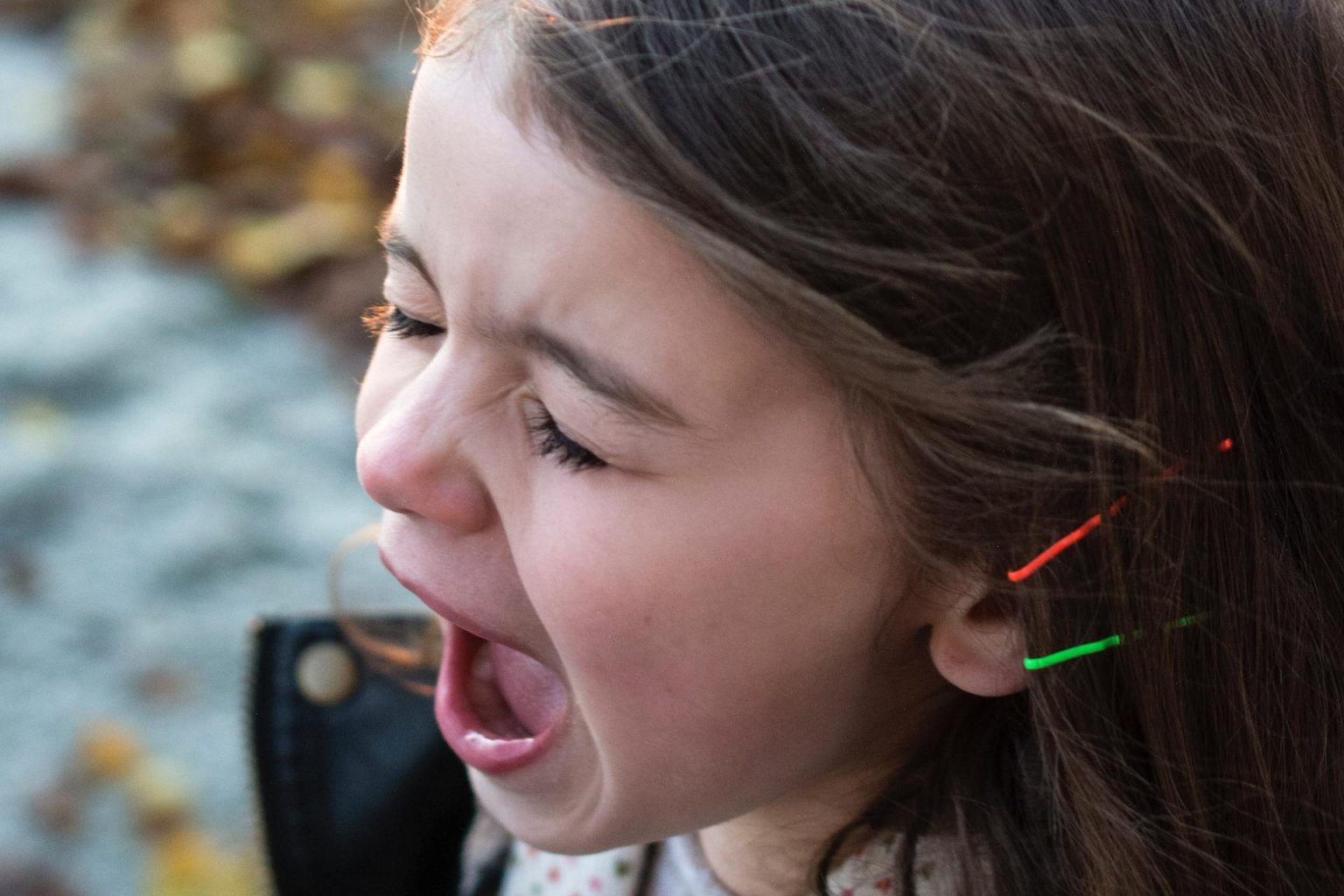This
article was written by Angela Low, based on tip sheets created by Dr.
Dale Stack, Elana August, Lindsey Barrieau, Christine Blain-Arcaro,
Ciara Briscoe, and Irene Mantis, on behalf of PREVNet.
Recently, my five-year-old daughter yelled and shoved her two-year-old sister hard against a wall. I ran over shouting, “It is NOT OK to hit!” and helped the little one up, who immediately lunged at her sister, and hit her back with all her might. Later, when we had all made up and were having a snuggle, I looked at their sweet little faces and thought, how did all that happen? When did moments of such aggression become part of our lives? What can we do about it? And, the quintessential parent question… was it me? Did I do something to cause this
According to PREVNet (“Promoting Relationships and Eliminating Violence”; a Canadian-based network of researchers, graduate students and NGOs), such aggressive acts are common at this age. Physical aggression, such as biting, kicking, hair pulling and pushing others, occurs in most preschoolers, and usually decreases with age. There is also relational aggression, which can be defined as hurting others by damaging their friendships, popularity or reputation (e.g., excluding others from group games, taunting and teasing, name-calling). These behaviours commonly occur by preschool age. Preschool aggression has potentially serious consequences if it continues, with links to school bullying behaviour, difficult or unhealthy relationships, behaviour problems, and other school difficulties. There are many important and remarkable developments that happen in the period between three to five years old, and behaviour developed during this time can be long-lasting. The preschool period is an important time to address aggression in children.
What we can do? PREVNet proposes that parents are key players in the transformation of such aggression. To do so, it is important for parents to:
- Recognize instances of aggressive behaviour, whether these are physical, verbal or relational.
- Get involved in teaching children about the harm their aggressive behaviour causes and explore alternative behaviour.
- Continue monitoring their behaviour.
How and what can parents teach children about aggression, that can help reduce their aggressive behaviour? PREVNet proposes the following actions:
Modeling appropriate behaviour
Parenting young children is often frustrating and exhausting, and a full-time commitment. Alongside joy, love and wonder, most parents also experience uncomfortable feelings in their daily parenting. Monitoring our own reactions to difficult emotions may provide some insight. For example, research has shown that children imitate adults’ (verbal and physical) aggressive behaviour, whether or not the adult is present.
Reflecting on how we react in emotional moments, and building healthy strategies for dealing with emotions in ourselves will be valuable for teaching our children appropriate emotional behaviour. For example, demonstrating an appropriate response in front of your child, such as verbally expressing your frustration, and modeling the appropriate steps to keep it under control (e.g., “I am starting to feel frustrated right now; I am going over there to take a few breaths so I can calm down…”), will provide children with alternatives to dealing with their own emotions.
Talking about emotions
Learning to become aware of their emotions, being able to identify them and express them in constructive ways are essential skills for any preschooler. Parents can help foster these skills by:
- Helping children become aware of the emotions as they arise (e.g., “I see that you are feeling something inside that may have made you want to hit your sister…”)
- Helping them label or recognize the emotion (e.g., “Are you feeling frustrated that you want to play with the toy and she will not let you?”)
- Offering, or exploring options for regulating the experience, and expression of emotions (e.g., “Let’s take three big breaths together and see how we feel after”, or “Can you use your words to tell her you want a turn?”).
It is important to validate children’s emotions (e.g., saying “If I were you, I would feel frustrated too.”); they should not feel bad, or wrong, for having an emotion Children (and adults) cannot always help feeling what they feel, but they can manage how they express these feelings.
Using play and stories to teach about emotions
It is often hard to teach about emotions in an emotional moment; readings stories and pretend play are safe and fun opportunities to teach about emotions.
Children use pretend play to figure out things that go on in their world. A parent could participate in pretend play with their children, and bring emotion talk into the situations (e.g., “Oh no! The mouse took away penguin’s toy! How do you think that made him feel? What does he want to do? What do you think he should do?”). This is also a great way for building the skills of perspective taking, and empathy.
It is also useful to point out the facial expressions in storybooks or videos, and make connections to emotional experiences for the child (e.g., “Wow Sophie is really angry. Do you ever feel this way?”). Making connections to your own experiences will help these feelings feel normal and safe (e.g., “I remember feeling angry once, when…”).
Practise sharing and cooperation
Engaging children in situations where they have to share, or take turns, or cooperate with another to accomplish something (e.g., build a castle, complete a story, etc.) will provide opportunities for parents to teach, and for children to practise, managing conflict with others. This will help build patience and cooperation, which are important skills for reducing aggression.
Become aware of factors that may be encouraging aggression
Studies have found that playing with violent toys and video games is linked to increased aggression in children. It is important to examine games, toys or videos before buying them, to see what messages they may be sending.
Adults’ and family members’ reactions to acts of aggression sends messages too; for example, emotional responses in little children can sometimes be amusing, and our in-the-moment inclination to laugh may be interpreted as encouragement.
There is no easy, quick solution for dealing with aggression, but the home is a key place from which to address such behaviour, and to model alternatives to aggression.
We can try, but we cannot completely avoid situations that make both ourselves, and our children feel frustrated or angry, situations that may pull us towards aggression. Avoidance and suppression of emotions are not healthy strategies. It is important not to shy away from emotions, but transform emotion moments into learning opportunities for both parent and child.
For more information, visit PREVNet.ca., and the section on bullying at AboutKidsHealth.com.










